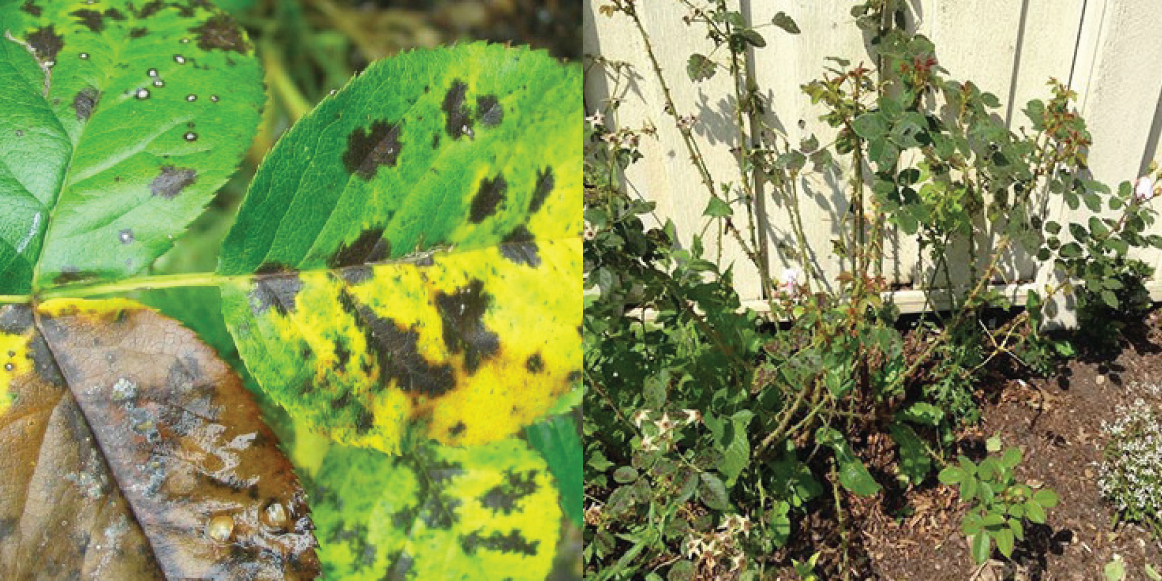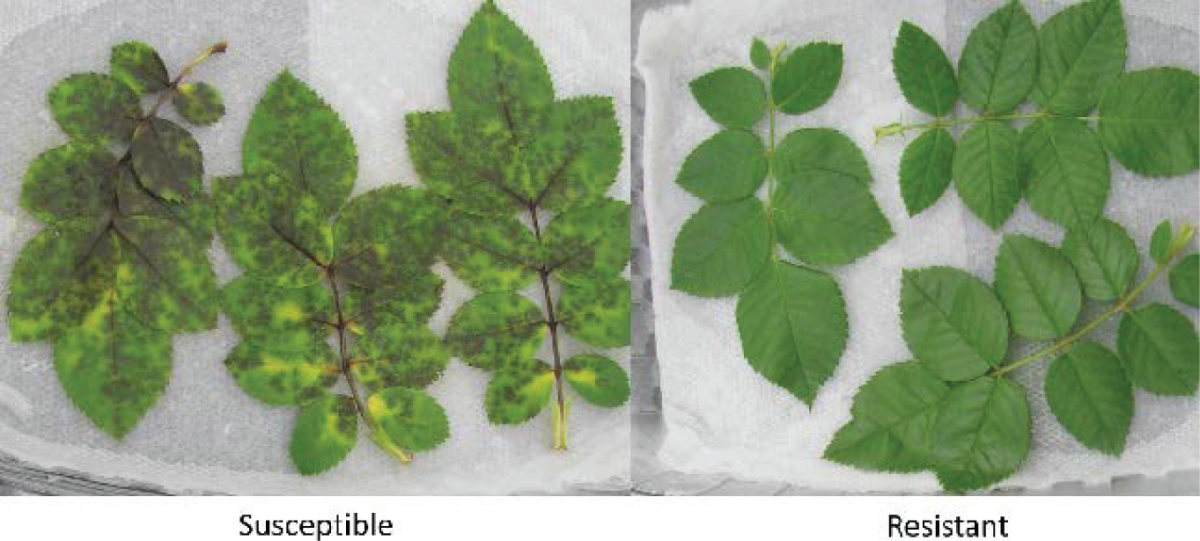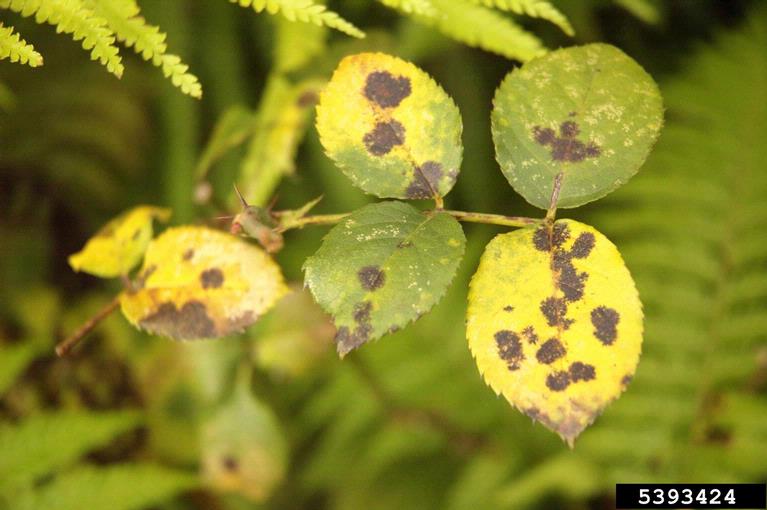Roses are a popular and well recognized garden plant worldwide. However, a major challenge to growing roses is rose black spot disease, caused by the fungus Diplocarpon rosae (Figure 1). Initial disease symptoms include black lesions, chlorotic leaflets, reduced size and number, and decreased plant vigor. Severe infection can lead to defoliation and plant death. Further, the pathogen has at least 11 races (Whitaker et al., 2010), so commercially viable cultivars must have resistance alleles for multiple races for durable control.

Fortunately, sources of resistance to black spot are present in rose germplasm. Rose breeders Stan Hokanson (Univ. of Minn.) and David Byrne (Texas A&M Univ.) are exploiting this germplasm to develop cultivars resistant to multiple races combined with superior floral quality. DNA tests for resistance to races of black spot disease will speed breeding by providing a quick and easy method to identify resistance genes in parents and seedlings, improving the breeder’s ability to design crosses and efficiently and effectively selection superior seedlings.

from a segregating population of Morden Blush × GV-84. Photo: Stan Hokanson (Univ. of Minn.)
KEY RosBREED GOALS
• identify genetic loci controlling resistance
• develop DNA tests for these resistant loci
The deliverable: Superior new rose cultivars with resistance to a range of black spot races and excellent horticultural quality.
Reference
Whitaker VM, Bradeen JM, Debener T, Biber A, and Hokanson SC (2010) Rdr3, a novel locus conferring black spot disease resisatnce in tetraploid rose: genetic analysis, LLR profiling, and SCAR marker development. Theor. Appl. Genet. 120:573-585.

